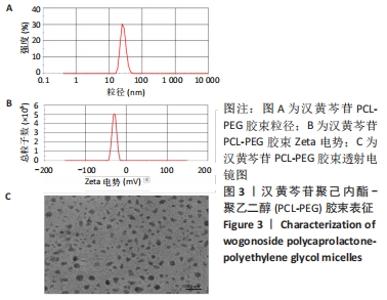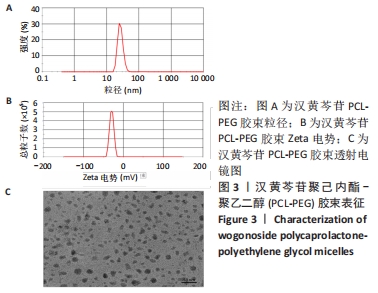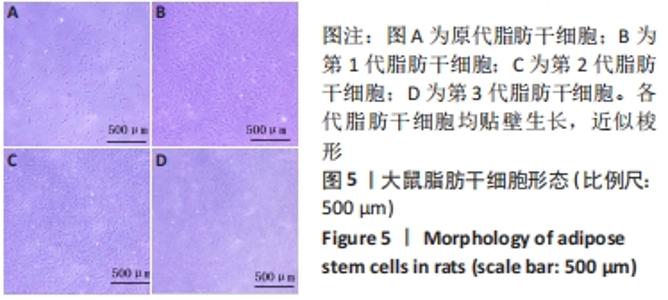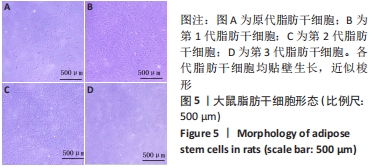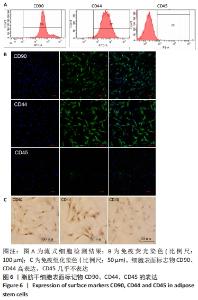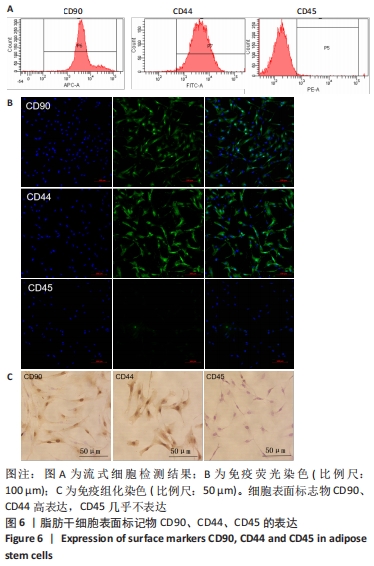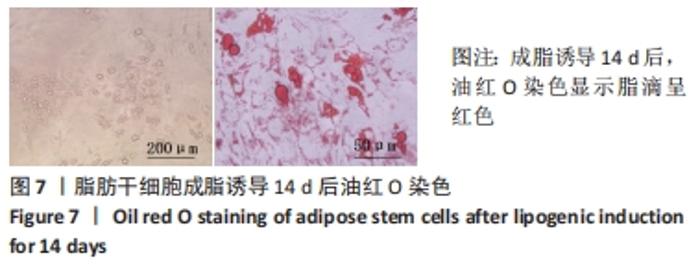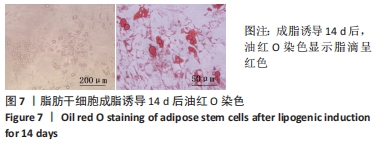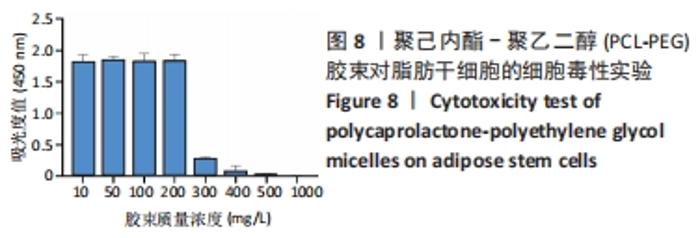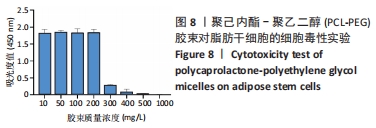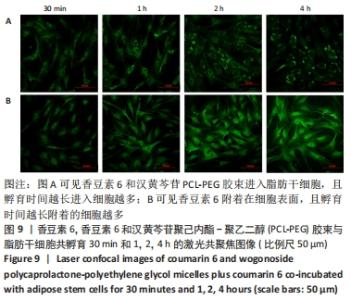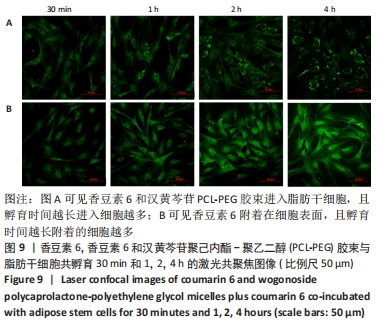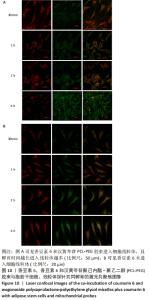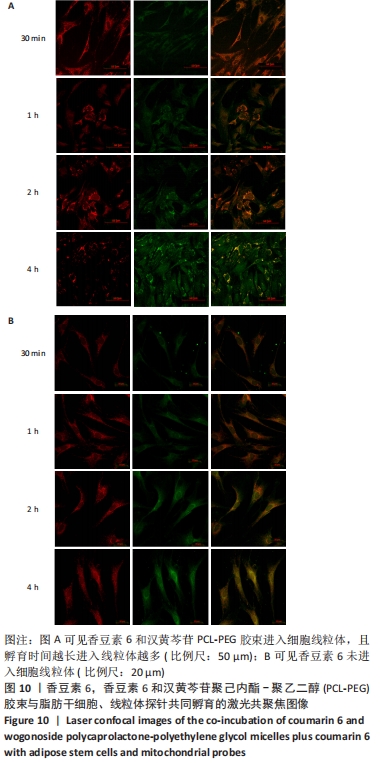[1] WANG C, XU T, LACHANCE BB, et al. Critical roles of sphingosine kinase 1 in the regulation of neuroinflammation and neuronal injury after spinal cord injury. J Neuroinflammation. 2021;18(1):50.
[2] ZHU Y, ZHU H, WANG Z, et al. Wogonoside alleviates inflammation induced by traumatic spinal cord injury by suppressing NF-κB and NLRP3 inflammasome activation. Exp Ther Med. 2017;14(4):3304-3308.
[3] 陆祥,蒋成君.黄酮类化合物共晶研究进展[J].医药导报,2019, 38(7):921-926.
[4] 刘伟成,任艳群,许桂顺.几种常见有机溶剂的主要性质[J].化工设计通讯,2016,42(7):13.
[5] YANG JG, ZHANG J, CHEN XJ, et al. Stable Loading and Delivery of Icaritin Using PEG-PCL Micelles for Effective Treatment of Oral Squamous Cell Carcinoma. Curr Drug Deliv. 2021;18(7):975-983.
[6] DENG H, DONG A, SONG J, et al. Injectable thermosensitive hydrogel systems based on functional PEG/PCL block polymer for local drug delivery. J Control Release. 2019;297:60-70.
[7] ALAMI-MILANI M, ZAKERI-MILANI P, VALIZADEH H, et al. PLA-PCL-PEG-PCL-PLA based micelles for improving the ocular permeability of dexamethasone: development, characterization, and in vitro evaluation. Pharm Dev Technol. 2020;25(6):704-719.
[8] WANG F, XU Y, LV C, et al. Enhanced wound healing activity of PEG/PCL copolymer combined with bioactive nanoparticles in wound care after anorectal surgery: Via bio-inspired methodology. J Photochem Photobiol B. 2018;187:54-60.
[9] REZAIE P, KHOEI S, KHOEE S, et al. Evaluation of combined effect of hyperthermia and ionizing radiation on cytotoxic damages induced by IUdR-loaded PCL-PEG-coated magnetic nanoparticles in spheroid culture of U87MG glioblastoma cell line. Int J Radiat Biol. 2018;94(11):1027-1037.
[10] KAMRANI SME, HADIZADEH F. A coarse-grain MD (molecular dynamic) simulation of PCL-PEG and PLA-PEG aggregation as a computational model for prediction of the drug-loading efficacy of doxorubicin. J Biomol Struct Dyn. 2019;37(16):4215-4221.
[11] BATRAKOVA EV, GENDELMAN HE, KABANOV AV. Cell-mediated drug delivery. Expert Opin Drug Deliv. 2011;8(4):415-433.
[12] JAVED S, ALSHEHRI S, SHOAIB A, et al. Chronicles of Nanoerythrosomes: An Erythrocyte-Based Biomimetic Smart Drug Delivery System as a Therapeutic and Diagnostic Tool in Cancer Therapy. Pharmaceutics. 2021;13(3):368.
[13] WANG X, ZHAO X, HE Z. Mesenchymal stem cell carriers enhance anti-tumor efficacy of oncolytic virotherapy. Oncol Lett. 2021;21(4):238.
[14] VISHNEVSKIY DA, GARANINA AS, CHERNYSHEVA AA, et al. Neutrophil and Nanoparticles Delivery to Tumor: Is It Going to Carry That Weight? Adv Healthc Mater. 2021;10(9):e2002071.
[15] SU Y, ZHANG T, HUANG T, et al. Current advances and challenges of mesenchymal stem cells-based drug delivery system and their improvements. Int J Pharm. 2021;600:120477.
[16] HUANG Q, ZOU Y, ARNO MC, et al. Hydrogel scaffolds for differentiation of adipose-derived stem cells. Chem Soc Rev. 2017;46(20):6255-6275.
[17] DING DC, SHYU WC, LIN SZ. Mesenchymal stem cells. Cell Transplant. 2011; 20(1):5-14.
[18] TRIPODO G, CHLAPANIDAS T, PERTEGHELLA S, et al. Mesenchymal stromal cells loading curcumin-INVITE-micelles: a drug delivery system for neurodegenerative diseases. Colloids Surf B Biointerfaces. 2015;125:300-308.
[19] KUMAR S, PANDEY AK. Chemistry and biological activities of flavonoids: an overview. ScientificWorldJournal. 2013;2013:162750.
[20] ZHAO J, LUO D, ZHANG Z, et al. Celastrol-loaded PEG-PCL nanomicelles ameliorate inflammation, lipid accumulation, insulin resistance and gastrointestinal injury in diet-induced obese mice. J Control Release. 2019;310:188-197.
[21] LIU H, DENG S, HAN L, et al. Mesenchymal stem cells, exosomes and exosome-mimics as smart drug carriers for targeted cancer therapy. Colloids Surf B Biointerfaces. 2022;209(Pt 1):112163.
[22] GAO P, ZOU D, ZHAO A, et al. Design and Optimization of the Circulatory Cell-Driven Drug Delivery Platform. Stem Cells Int. 2021;2021:8502021.
[23] YOKOYAMA R, II M, MASUDA M, et al. Cardiac Regeneration by Statin-Polymer Nanoparticle-Loaded Adipose-Derived Stem Cell Therapy in Myocardial Infarction. Stem Cells Transl Med. 2019;8(10):1055-1067.
[24] 李玉秋,焦玉祥,刘锐,等.脂肪干细胞的分离培养、分化及其应用[J].沈阳医学院学报,2019,21(6):559-564.
[25] BOURIN P, BUNNELL BA, CASTEILLA L, et al. Stromal cells from the adipose tissue-derived stromal vascular fraction and culture expanded adipose tissue-derived stromal/stem cells: a joint statement of the International Federation for Adipose Therapeutics and Science (IFATS) and the International Society for Cellular Therapy (ISCT). Cytotherapy. 2013;15(6):641-648.
[26] CHIU TL, BASKARAN R, TSAI ST, et al. Intracerebral transplantation of autologous adipose-derived stem cells for chronic ischemic stroke: A phase I study. J Tissue Eng Regen Med. 2022;16(1):3-13.
|


